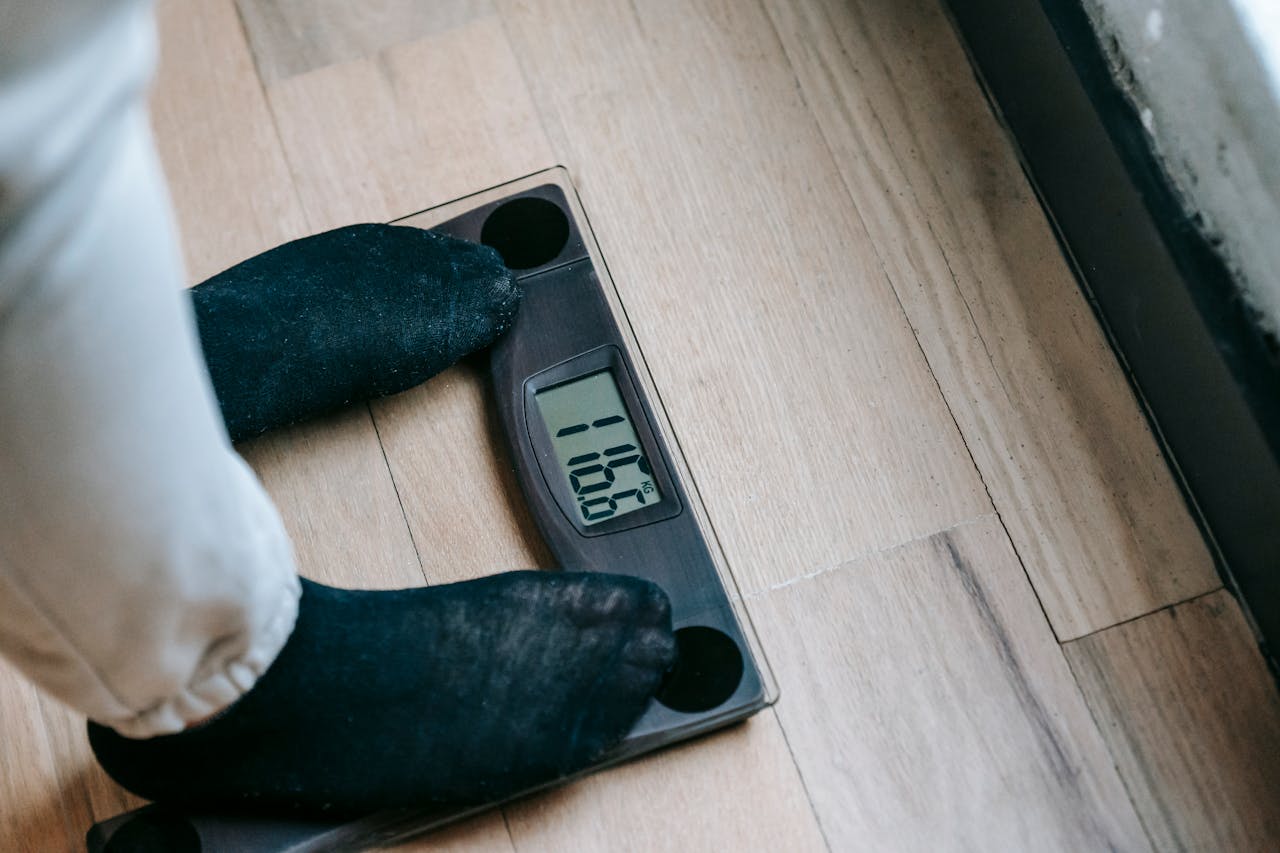The Role of Hydration in Maintaining Optimal Health
Water is essential to life. Every system in your body relies on proper hydration to function effectively, from regulating temperature to supporting digestion and brain activity. Yet, many people underestimate the importance of drinking enough water daily. In this article, we’ll explore why staying hydrated is crucial and how you can make it a part of your healthy lifestyle.
Why Hydration Matters
Your body is composed of approximately 60% water, which plays a vital role in:
- Transporting nutrients and oxygen to cells.
- Removing waste through urine and sweat.
- Lubricating joints and tissues.
- Regulating body temperature.
- Supporting digestion and metabolic functions.
Even mild dehydration can cause symptoms like fatigue, headaches, and difficulty concentrating. Long-term dehydration can lead to severe health issues, including kidney stones and urinary tract infections.
Signs of Dehydration
How do you know if you’re not drinking enough water? Watch out for these common signs:
- Dry mouth and cracked lips.
- Dark yellow urine or infrequent urination.
- Dizziness or lightheadedness.
- Fatigue or sluggishness.
- Dry skin or lack of elasticity.
How Much Water Do You Need?
While the “8 glasses a day” rule is a good starting point, your hydration needs depend on factors like age, weight, activity level, and climate. Here’s a general guideline:
- Men: About 3.7 liters (125 ounces) per day.
- Women: About 2.7 liters (91 ounces) per day.
Keep in mind that you can also get water from foods like fruits, vegetables, and soups.
Best Hydration Practices
To stay optimally hydrated, consider these tips:
1. Start Your Day with Water
Drink a glass of water first thing in the morning to rehydrate your body after a night’s sleep.
2. Carry a Water Bottle
Having water within reach throughout the day makes it easier to meet your hydration goals.
3. Infuse Your Water
If plain water feels boring, add natural flavors like lemon, cucumber, or mint to make it more appealing.
4. Eat Hydrating Foods
Fruits and vegetables like watermelon, oranges, cucumbers, and celery are high in water content and contribute to hydration.
5. Monitor Your Urine
Use the color of your urine as an indicator. Clear or light yellow urine generally means you’re well-hydrated.
6. Limit Dehydrating Drinks
Minimize consumption of beverages like coffee, alcohol, and sugary sodas, which can dehydrate your body.
Hydration for Active Individuals
If you’re physically active, your water needs increase due to sweat loss. Here’s how to stay hydrated during exercise:
- Drink water before, during, and after workouts.
- For workouts longer than an hour, consider electrolyte-rich drinks to replenish lost minerals.
- Weigh yourself before and after exercise to estimate water loss and replace it accordingly.
Hydration Myths Debunked
Let’s clarify some common misconceptions about hydration:
- Myth: You can only stay hydrated by drinking water. Fact: Foods and other beverages also contribute to your hydration.
- Myth: If you’re not thirsty, you’re hydrated. Fact: Thirst is not always an early indicator of dehydration.
Conclusion
Proper hydration is one of the simplest yet most effective ways to maintain your health and vitality. By understanding your body’s needs and adopting good hydration habits, you can enjoy better energy levels, improved focus, and overall well-being. Start prioritizing hydration today for a healthier tomorrow!









